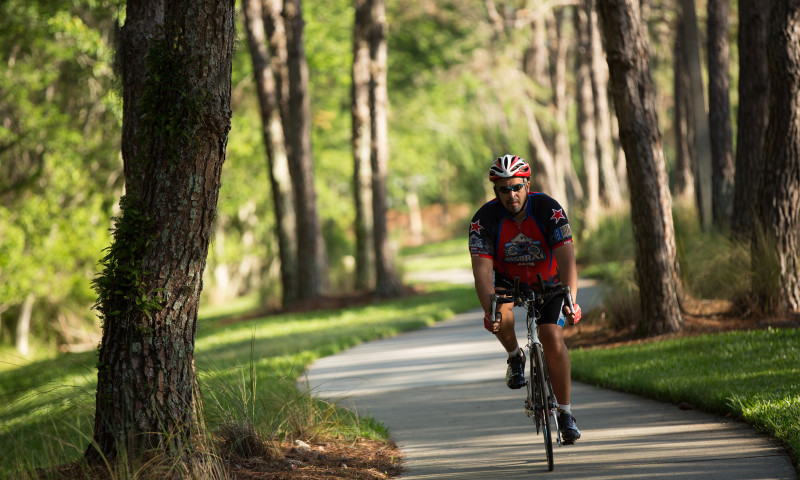Knowing how to exercise appropriately for your weight management goals doesn’t come easy to everyone. The idea of exercise intensity may also be foreign to someone who is just beginning their journey with weight and health, and doesn’t have an idea of where to start with their fitness goals. What do you need to know if you’re faced with the question, “How hard should I work out? How hard should I push myself?”
Measuring Your Exercise Intensity
If you want to be proactive about your fitness goals, understanding and measuring exercise intensity is a great place to begin. Exercise is measured by a term called “Rate of Perceived Exertion,” otherwise known as RPE.
Have you ever been to the doctor’s office because you were in pain, and the doctor asked you to rate your level of pain on a scale of 1 to 10? This is similar to measuring RPE. While you are exercising, imagine the same scale of 1 to 10. How hard is it to accomplish the physical activity you’re engaging in? For example, going grocery shopping may be a level 1 because it’s physically easier to do. By comparison, running in a marathon may be a 9 or 10 on this same scale because the activity is much, much harder.
As a general rule of thumb, you should aim for exercises at a rate of around 6 to 7. That’s not to say you can’t participate in easier or more difficult exercises, but you want to make sure you have plenty of chances to boost your heart rate at a level that’s attainable.
Types of Exercise Intensity
Let’s dig a little deeper. What exactly do those levels of exercise intensity really mean?
- Low Intensity – Feels like work you can continue for a long time.
- Moderate Intensity – Feels like effort is needed to maintain intensity. Your heart rate will rise and you will feel like you’re working.
- Vigorous Intensity – Feels like an all-out effort. Your heart rate will be high and you will not be able to speak complete sentences without taking several breaths. This improves athletic conditioning.
Exercise: It’s Not Black or White
Remember, exercise and levels of physical activity mean different things for different people. What may come easily to you may come a lot more difficult to someone else. Plus, you don’t always have to work out in the gym! There are plenty of simple and accessible exercises that you can enjoy alone or with a friend/loved one at almost any time:
- Brisk Walking
- Hiking
- Yard/House Work
- Bike Riding
- Playing with Family
- Swimming
Now that you have a better understanding of measuring exercise intensity, it’s time to get to work on developing your exercise plan! Remember, you should make SMART Goals to achieve long-lasting and sustainable progress. Let’s get moving!





